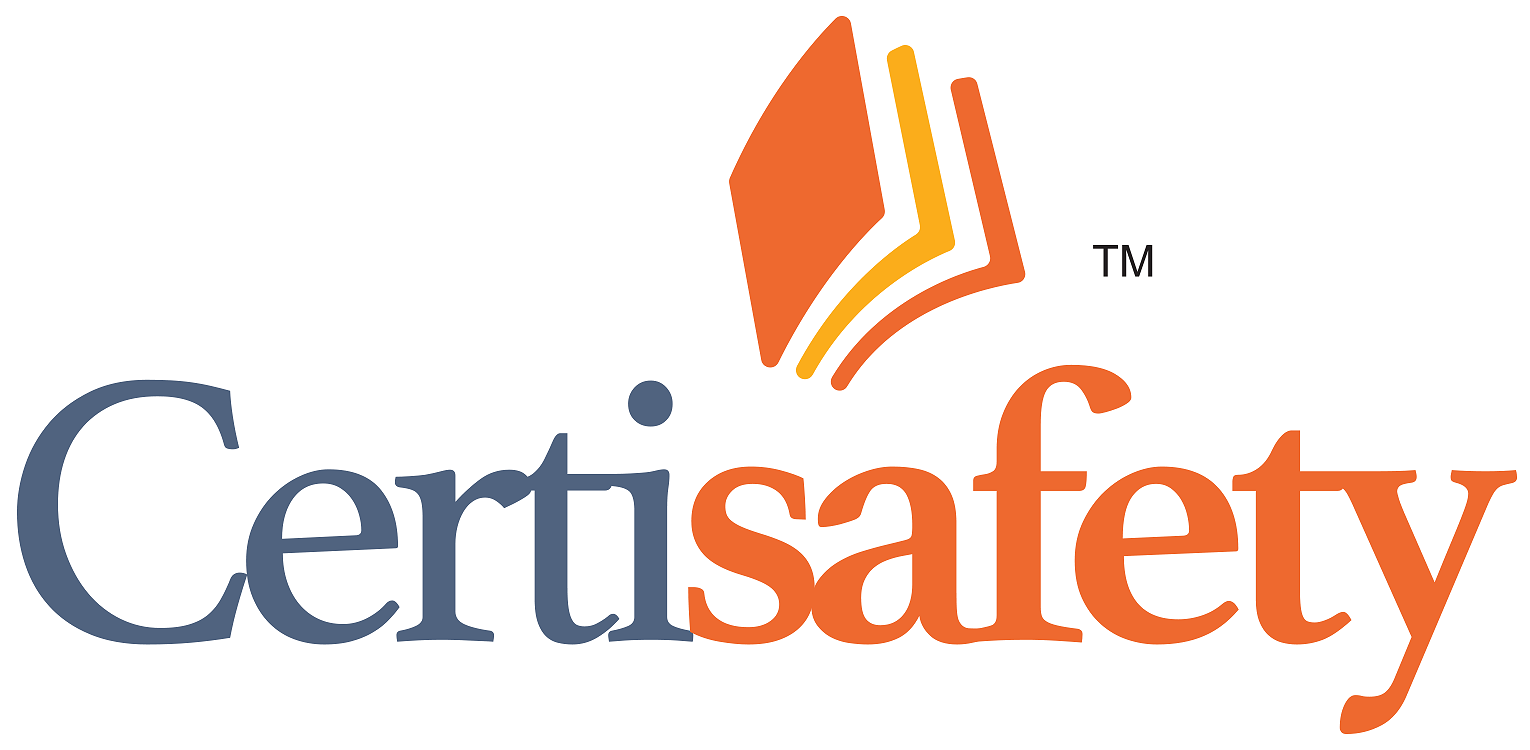

2. This GAAP principle says that to avoid misleading users of financial reports, firms should generally use the same accounting methods from period to period: (Finkler, 25-26)
3. This GAAP principle says that financial reports should disclose any information needed to assure that the reports are a fair presentation: (Finkler, 25-26)
4. A value of an asset based on what is paid for the asset at the time it was acquired is called the: (Finkler, 34)
5. This method of valuing an asset measures what you could get for the asset if it were sold: (Finkler, 36)
6. This method of valuing an asset measures its worth by determining how much profit the asset will contribute to the firm in the future: (Finkler, 36)
7. This method of valuing an asset measures its value based on how much it would cost to replace the asset: (Finkler, 37)
8. Obligations that are to be paid in cash within a year are called: (Finkler, 42)
9. Obligations that are to be paid in cash more than a year in the future are called: (Finkler, 42)
10. Obligations that are paid as goods or services are called: (Finkler, 42)
Copyright ©2000-2018 Geigle Safety Group, Inc. All rights reserved. Federal copyright prohibits unauthorized reproduction by any means without permission. Students may reproduce materials for personal study. Disclaimer: This material is for training purposes only to inform the reader of occupational safety and health best practices and general compliance requirement and is not a substitute for provisions of the OSH Act of 1970 or any governmental regulatory agency. CertiSafety is a division of Geigle Safety Group, Inc., and is not connected or affiliated with the U.S. Department of Labor (DOL), or the Occupational Safety and Health Administration (OSHA).